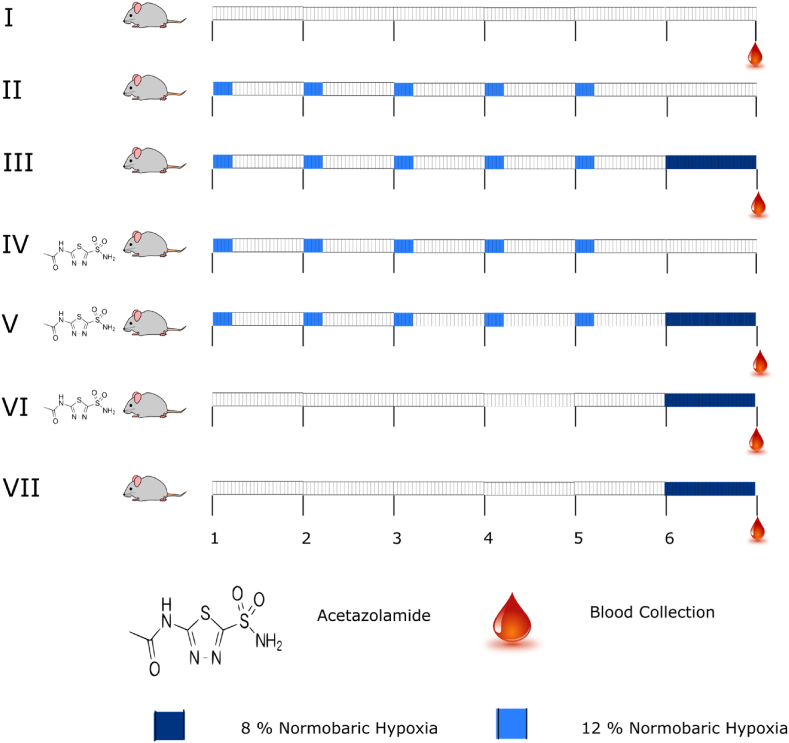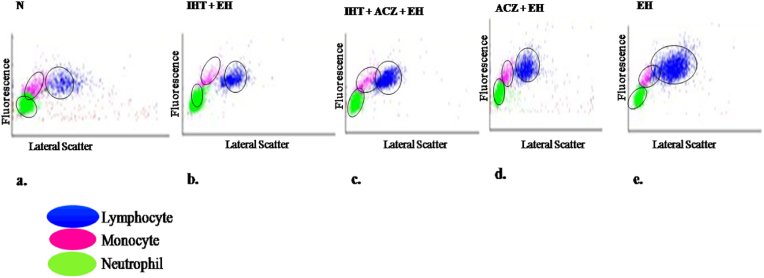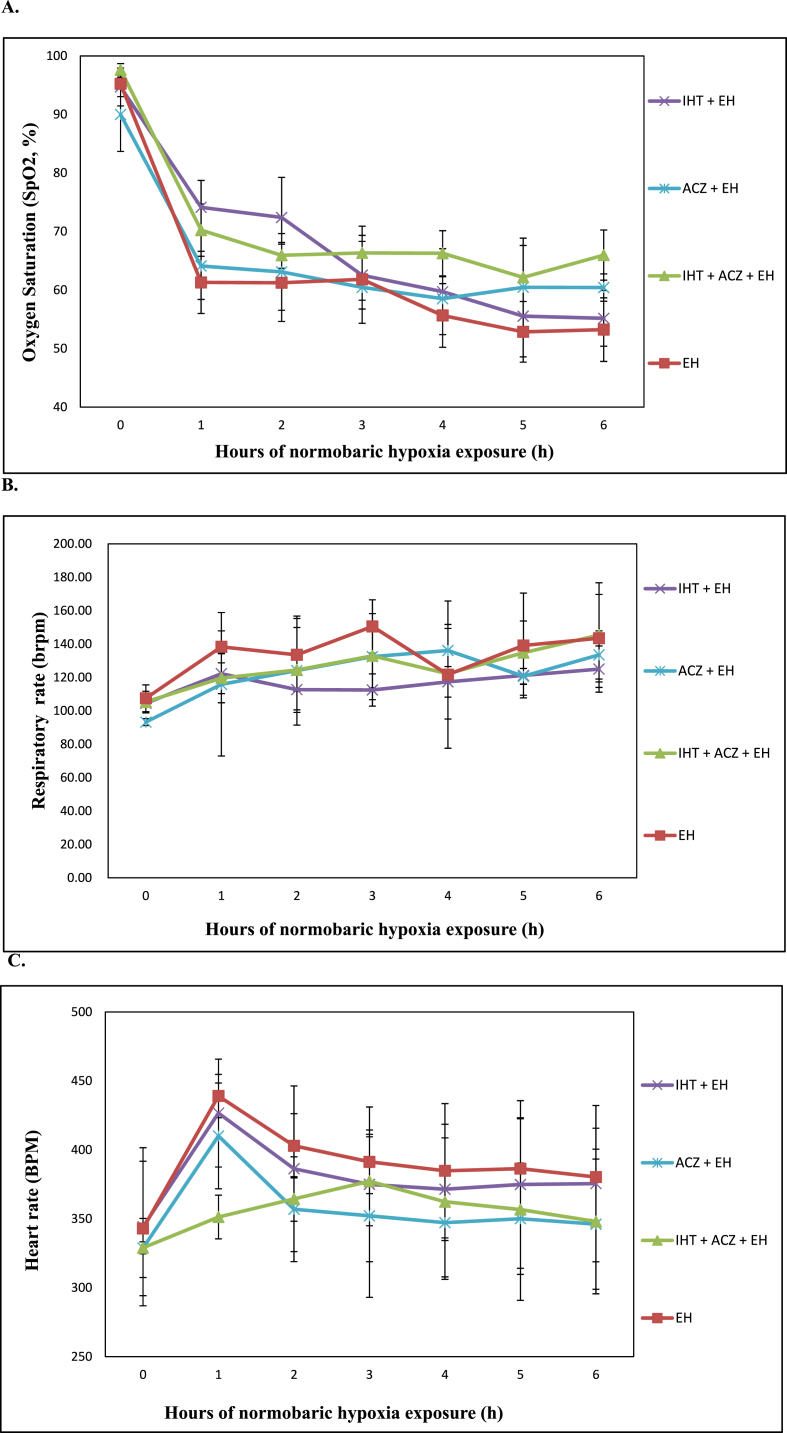Elucidating the combined effect of intermittent hypoxia training and acetazolamide on hypoxia induced hematological and physiological changes
Abstract
As the number of people travelling to altitude increases, the risk of life threatening medical emergencies also increases. It is important that we have effective strategies to minimize the risk of altitude illness. In this study, an attempt was made to investigate the combined effect of non-pharmacological (Intermittent hypoxia training; IHT) and pharmacological (acetazolamide; ACZ) intervention as a prophylactic strategy in order to minimize the risk of high altitude hypoxic related problems using rats as an animal model. Male Sprague Dawley rats were subjected to IHT for 4 h consecutively for 5 days at 12% FiO2 under normobaric conditions with and without oral ACZ administration at 25 mg/kg body weight. Validation of the intervention was performed by exposing the rats to extreme hypoxia (EH) at 8% FiO2 to further assess the effect of IHT and ACZ on hypoxic acclimatization. The principal findings of this study is that the combined effect of IHT and ACZ improves the arterial oxygenation by alterations in hemodynamics and in blood gasometry, thereby resulting into an increase in the oxygen carrying capacity of the blood with increase in SpO2 (peripheral oxygen saturation). The present study showed that the combined effect of IHT with ACZ could be refined as a prophylactic measure for better outcomes during altitude ascent and rapid altitude acclimatization rather than IHT or ACZ alone.




 求助内容:
求助内容: 应助结果提醒方式:
应助结果提醒方式:


